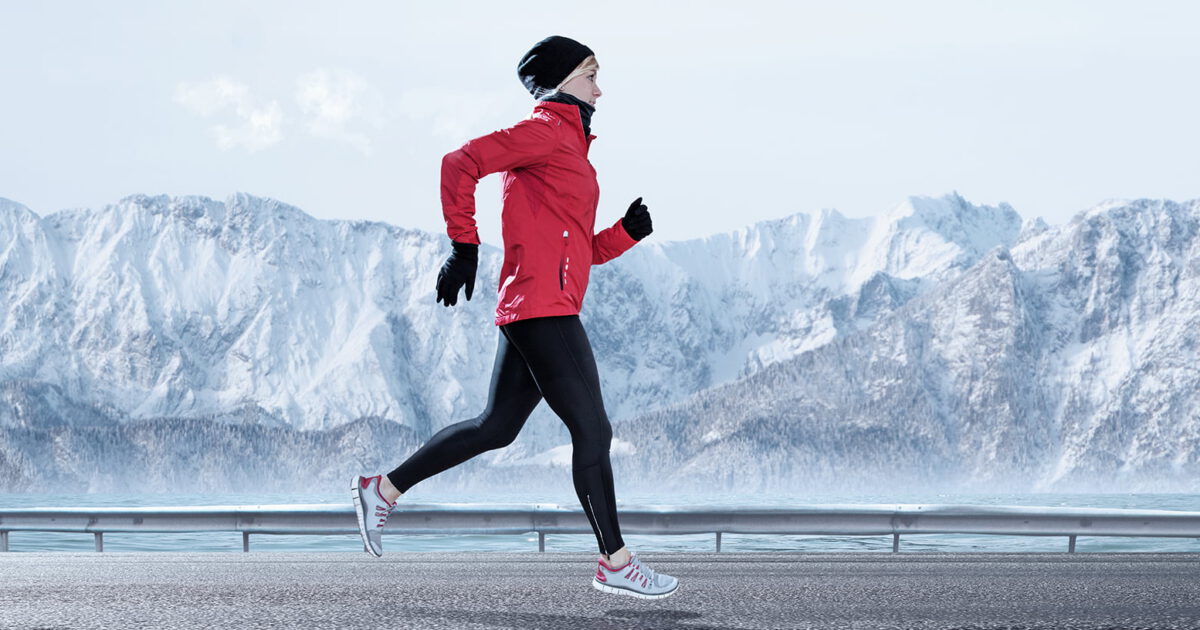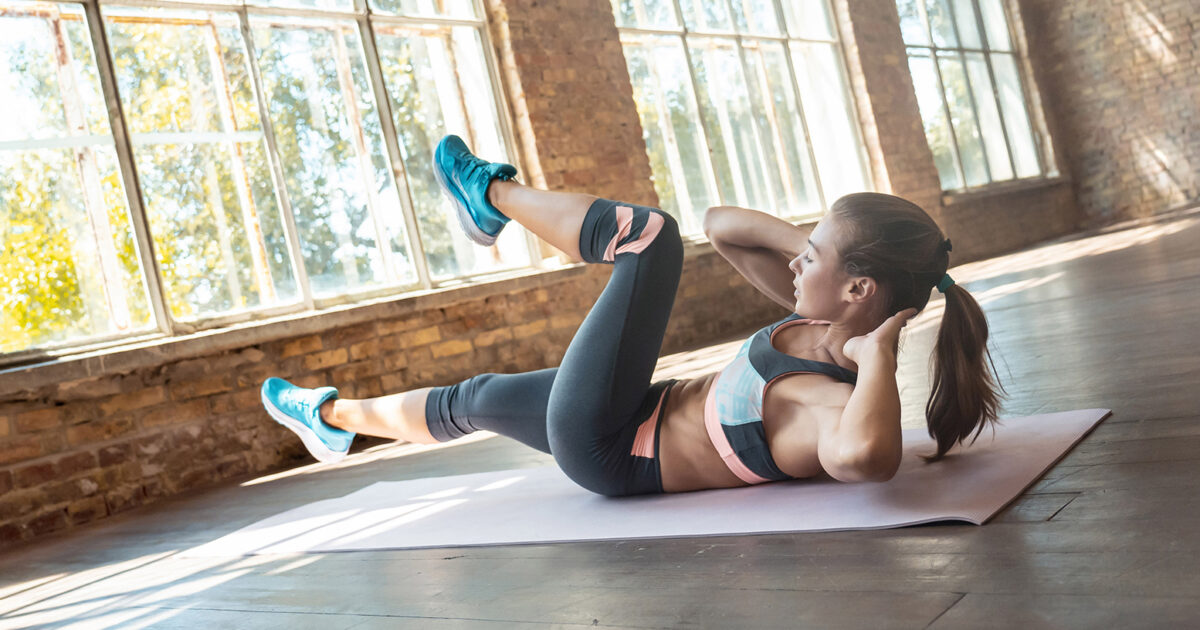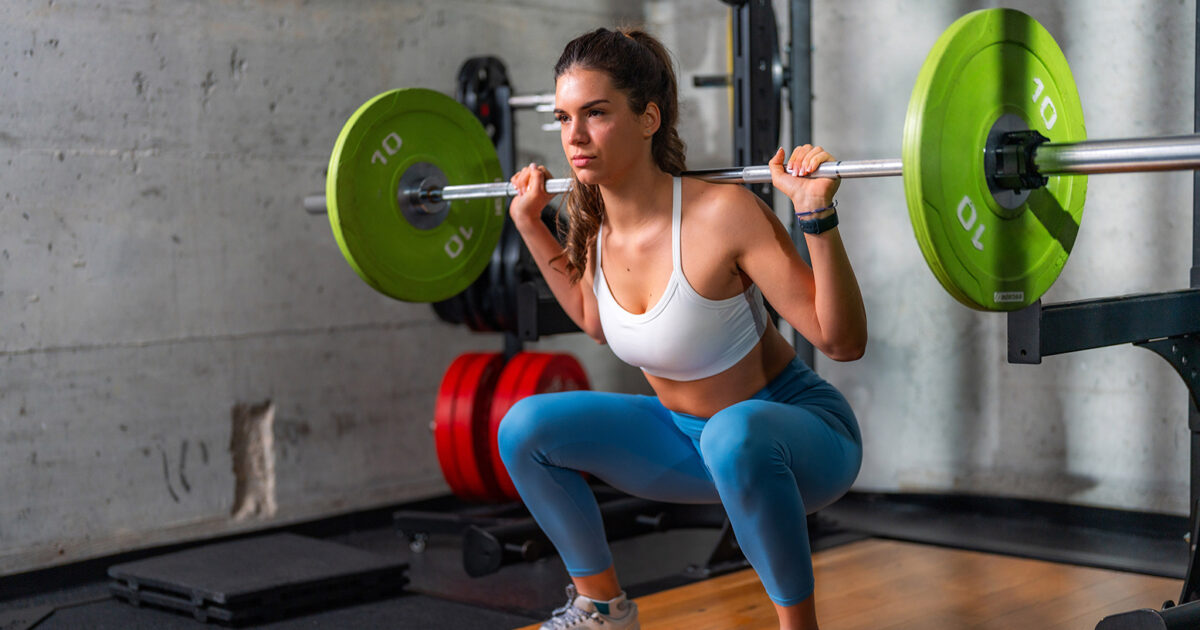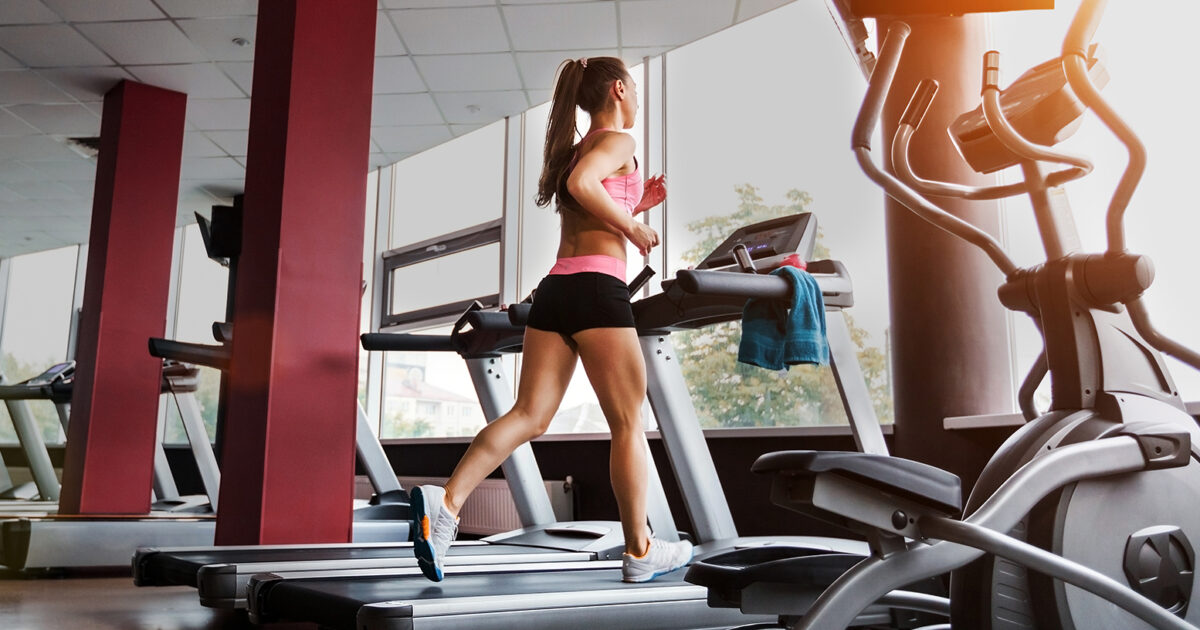Ever thought about this? When we feel cold, our muscles are also feeling cold. That means, that during winter workouts they tighten up, become more tired and less productive than during warmer seasons.
The result? Extra stress on our bodies and limited mobility during exercise.
When temperatures drop, we tend to tense, shrug and hunch up to protect ourselves from the cold. You know that flattering posture — the one where your head sits directly on your shoulders, omitting the neck completely? The resulting tense tissues can break more easily than if it was warm. And it’s for that very reason that we need to be more mindful about the importance of warming up before winter workouts.
The benefits of warming up for winter workouts
1 – More powerful performance
If you’ve ever jumped straight into exercise when you’re late for a workout class then you’ll know first-hand what the body feels like during that session: less energetic, poor performance, stiff mobility. When muscles are cold, they’re even less prepared. So, give your body some pre-workout warm-up. Think of it as a cup of warm soup, gently preparing with the energy levels you are going to need.

2 – Prevents muscle damage
Warmth loosens and relaxes muscles, which helps prevent muscle damage and injury. Warm muscles respond and react quicker than cold muscles, which is crucial to staying flexible when active and improving performance.
3 – Can be tailored to your workout style
It’s only natural we want to throw ourselves into exercise immediately when we’re frozen to the bone – but we need to take our time. If you’re prone to impatience with exercise, the wide variety of warm-ups can help you find the right warm-up for you. A few stretches and squats aren’t enough during winter months — figure out a plan (or follow one we made for you) to get the best performance and durability from your colder body.
What you need to know about winter workout warm-ups
Getting started
Start with a low-intensity aerobic warm-up such as a jog or dynamic stretches. Then, plan your warm-up accordingly to the activity or sport you’re performing (for instance, you’ll need more leg stretches if you’re running). Gradually increase the warm-up in accordance with the duration of the exercise – expect a longer warm-up for longer participation in the exercise.
Dress for the weather
As well as the air’s temperature, other externals also affect our warm-ups. Layering-up during the warm-up will be better than waiting to create heat with exercise. Wear more layers and you can always remove a layer when needed. Also, wear fabrics that won’t stay wet from sweat —cotton is not your friend here.
Energy supplies
Warming foods and hydration before and after workouts will give you the energy levels you need to stay focused. Sipping green tea before a workout supplies the body with antioxidants (farewell, inflammation). Add some honey to it for fuel to stay warm. Soups and broths are great for winter workouts – make sure they’re packed with pulses and vegetables to help repair muscles and deliver antioxidants.




